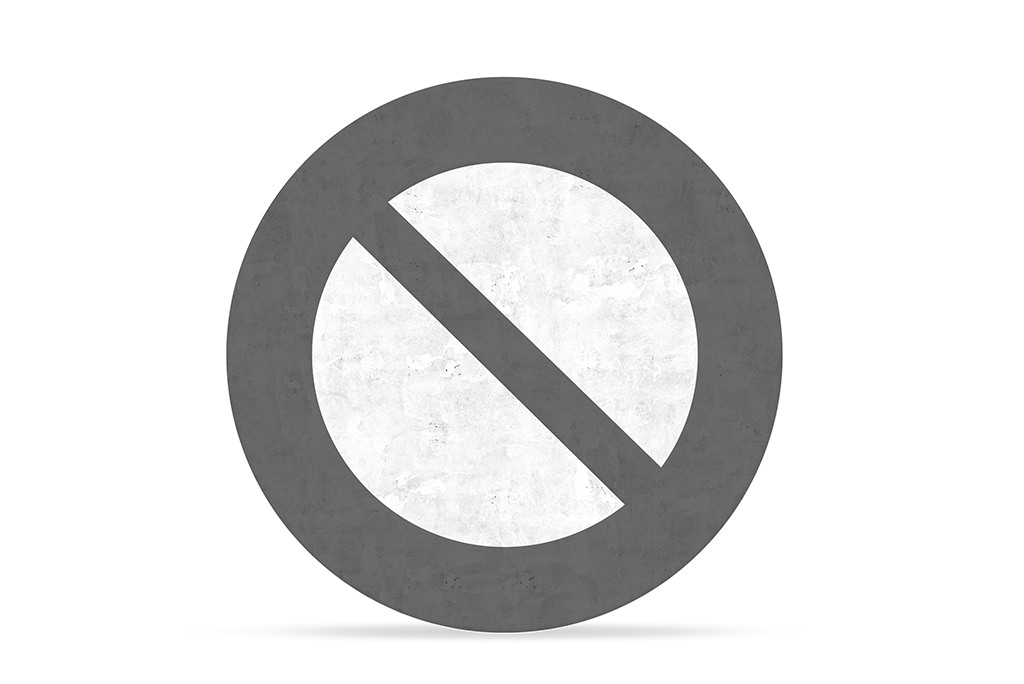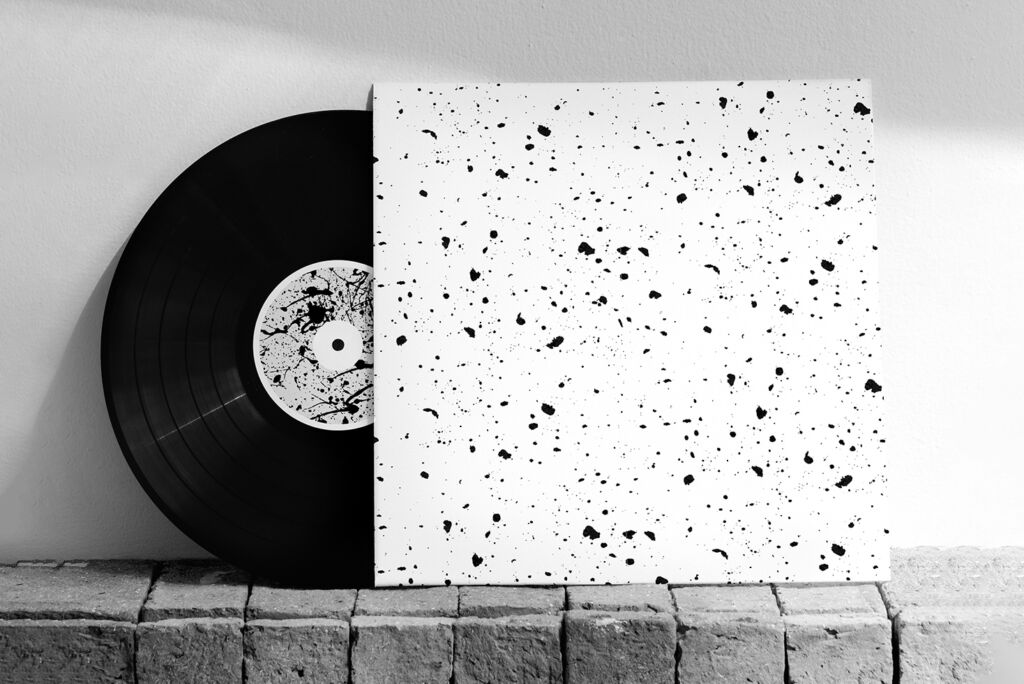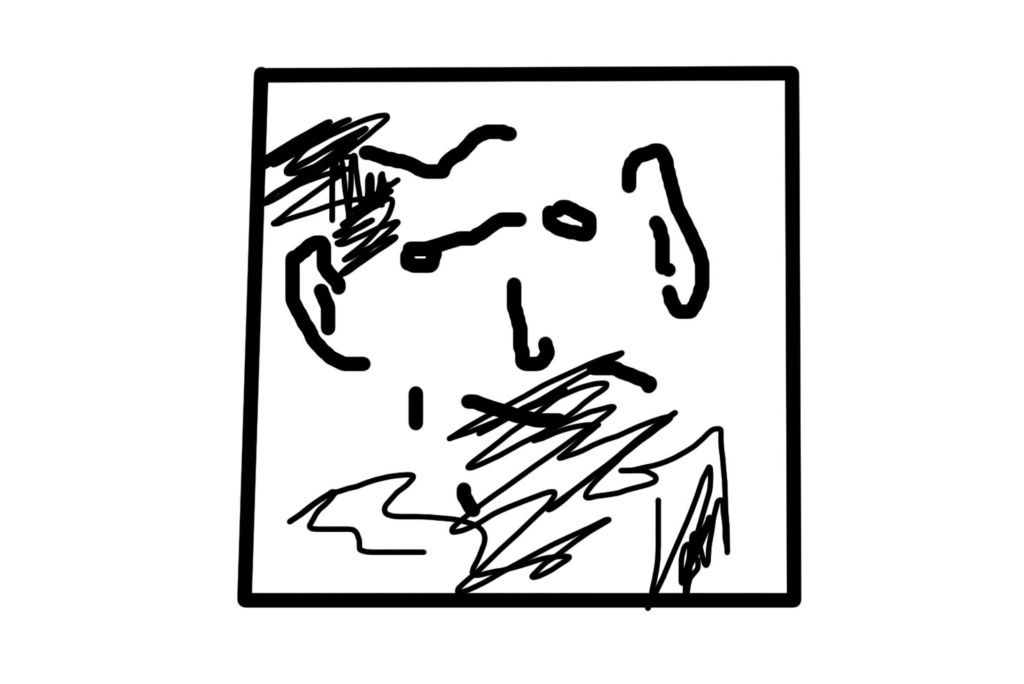Album covers are subject to various rules and guidelines, and what is not allowed can vary depending on the platform, jurisdiction, and the specific terms and conditions of your distributor or record label. However, some common restrictions on album covers include:
Explicit Content: Obscene, sexually explicit, or overly graphic content is often not allowed. This includes explicit nudity, sexual acts, and graphic violence.
Hate Speech and Offensive Imagery: Hate speech, discriminatory symbols, and offensive imagery that promote racism, discrimination, or violence are generally prohibited.
Copyright Infringement: Using copyrighted material (such as images, logos, or trademarked symbols) without permission is not allowed. Ensure you have the proper rights and licenses for any third-party content used in your album art.
Misleading Information: Album covers should not contain misleading or false information, such as fake endorsements or false claims about the content of the album.
Incitement to Violence: Content that encourages or incites violence, self-harm, or illegal activities is typically prohibited.
Privacy Violations: Avoid using images or information that violates someone’s privacy rights, such as unauthorized use of personal photographs.
Defamatory Material: Album covers should not contain defamatory or false statements about individuals or organizations.
Drug Paraphernalia: Depictions of drug use or drug paraphernalia are often restricted.
Child Exploitation: Avoid any content that exploits or sexualizes minors.
Violations of Platform Policies: Many streaming platforms have specific guidelines about what is and isn’t allowed on album covers. Always review their terms and conditions for the most up-to-date information.
It’s essential to review the terms and conditions of the platform you plan to distribute your music on and ensure your album art complies with their guidelines. Failure to do so can result in your music being removed from the platform, or other legal consequences.









